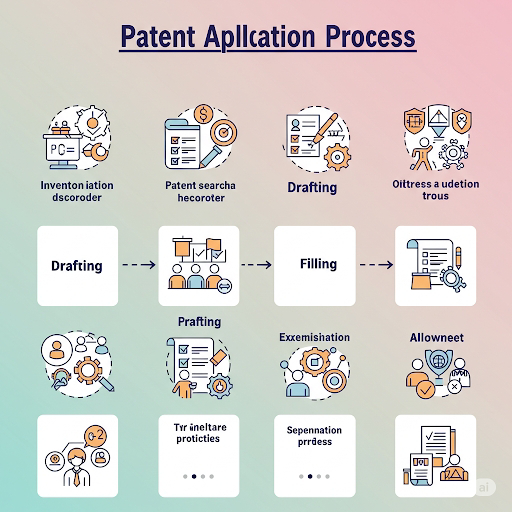Intellectual Property Rights and Artificial Intelligence: An Overview of the Seven Core Rights
Intellectual Property Rights and Artificial Intelligence: An Overview of the Seven Core Rights A. Introduction Intellectual Property Rights (IPR) are the cornerstone of legal systems worldwide for protecting the creations of the human intellect. These rights provide creators and inventors with exclusive control over the use, dissemination, and commercialization of their work. With the rise of Artificial Intelligence (AI), the landscape of intellectual property is undergoing a transformative shift, challenging traditional notions of authorship and ownership. This essay explores the seven key types of IPR, their relevance in the modern world, especially in the context of AI, and discusses notable global and Indian judicial pronouncements that have shaped the understanding of these rights. 1. Copyright a. Definition: Copyright protects original literary, artistic, musical, and dramatic works, including computer programs and digital content. b. AI Relevance: Questions arise over who o...


